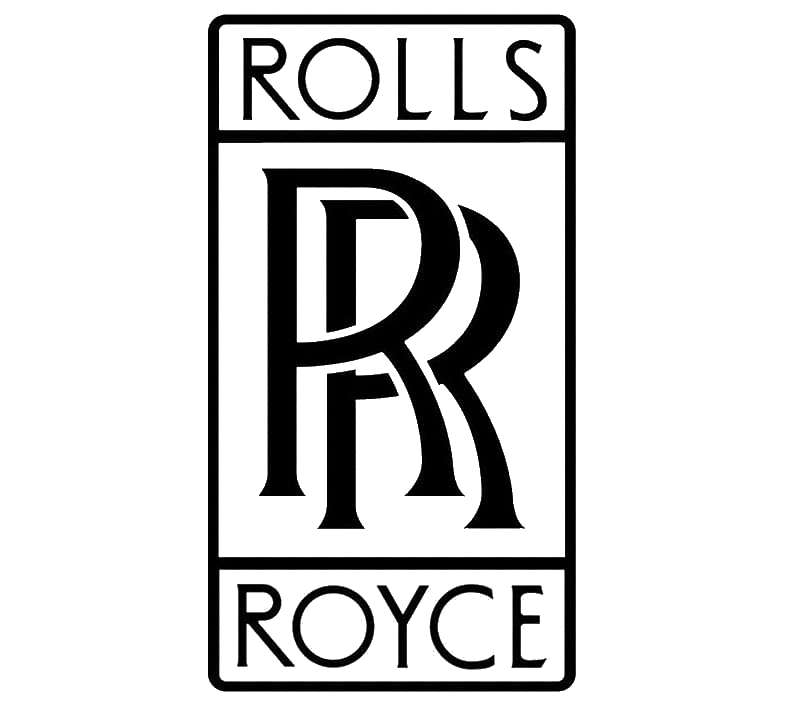.
History WSK "PZL-Mielec
PZL-106 Kruk (English: Raven)

The PZL-106 Kruk (English: Raven) is a Polish agricultural aircraft designed and built by WSK PZL Warszawa-Okęcie (later PZL "Warszawa-Okęcie" and now EADS-PZL).
The PZL-106 was developed as a modern agricultural aircraft for Poland and Comecon countries to replace the less-capable PZL-101 Gawron and aging PZL Antonov An-2. (According to Comecon decisions, Polish industry was responsible for developing agricultural aircraft). There were several agricultural plane designs proposed in the early 1960s by a group of young designers from WSK PZL Warszawa-Okęcie, led by Andrzej Frydrychewicz. These proposals were made on their own initiative, but they were never realized because the USSR was content with the An-2 and was planning to replace it with a jet aircraft (later PZL M-15 Belphegor). The first was the PZL-101M Kruk 63 of 1963. That remained a paper airplane, but it did give its name to later designs. Next were the PZL-106 Kruk 65 (1965), PZL-110 Kruk-2T (1969), and PZL M-14 Kruk (1970, which was planned to produce this variant in PZL-Mielec).

The first prototype was powered by an imported 298 kW (400 hp) Lycoming IO-720 flat-eight-cylinder engine and had a T-tail with wings of wooden construction. There were several prototypes built, and the plane was finally fitted with a 441 kW (600 hp) PZL-3S radial engine, a conventional tail and metal wings. The prototype with the final engine first flew on 25 October, 1974.
Production started in 1976 under the designation PZL-106A. Successive variants were the PZL-106AR, with PZL-3SR engine, and the PZL-106AS, with a stronger 736 kW ASz-62IR radial engine. By 1982, 144 PZL-106As had been built. Several aircraft were modified in Africa to PZL-106AS standards.
On May 15, 1981, the prototype of an improved variant PZL-106B was flown with redesigned wings using shorter struts. It was powered by the same PZL-3SR engine and was produced from 1984. In 1982, the prototype of the PZL-106BS flew powered by the ASz-62IR engine. By 1988, 60 PZL-106Bs had been built.
The next step was fitting the Kruk with a turboprop engine. The first was the PZL-106AT Turbo Kruk prototype, with.0
KmCeiling
0
KmCombat RANGE
0
Km/hAircraft Speed
0
Max Crew
Photo Gallery
WSK "PZL-Mielec
PZL-106 Kruk (English: Raven)


WSK "PZL-Mielec
PZL-106 Kruk (English: Raven)
General Info
-
-
- Crew: 1, pilot
- Capacity: 1 seat for mechanic (optional) / 1,300 kg (2,900 lb) / 1,400 L (370 US gal; 310 imp gal) hopper for chemicals
- Length: 9.25 m (30 ft 4 in)
- Wingspan: 14.9 m (48 ft 11 in)
- Height: 3.32 m (10 ft 11 in)
-
Powerplant
-
-
- Empty weight: 1,790 kg (3,946 lb)
- Max takeoff weight: 3,000 kg (6,614 lb) and max landing weight
-
-
-
- 3,450 kg (7,610 lb) (restricted category)
-
-
- Fuel capacity: 560 L (150 US gal; 120 imp gal) in two integral wing tanks with an optional 390 L (100 US gal; 86 imp gal) auxiliary tank in the hopper compartment
- Powerplant: 1 × PZL-3SR 7-cylinder air-cooled geared and supercharged radial piston engine, (600 hp)
-
Performance
- Maximum speed: 215 km/h (134 mph, 116 kn) at sea level
- Operating speed: 150–160 km/h (93–99 mph; 81–86 kn) with max load
- Stall speed: 100 km/h (62 mph, 54 kn)
- Never exceed speed: 245 km/h
- Range: 900 km (560 mi, 490 nmi) with max standard fuel
- Rate of climb: 3.8 m/s (750 ft/min)
.
Links to Youtube & Others
The PZL-106 is a metal construction braced low-wing monoplane that is conventional in layout. The fuselage is a steel frame covered with duralumin front and canvas tail. Wings are duralumin and canvas covered, fitted with flaps and slats.
PZL-106 Kruk
(English: Raven)
The main user of the PZL-106 was the Polish civilian aviation.
Youtube Link
Some PZL-106BT-601s were sold to Egypt, Ecuador (2 Operational till 2008), Argentina (30 operational till 2008), and Brazil (4 operational till 2008). The PZL 106BT-34 is still flying in Argentina.












